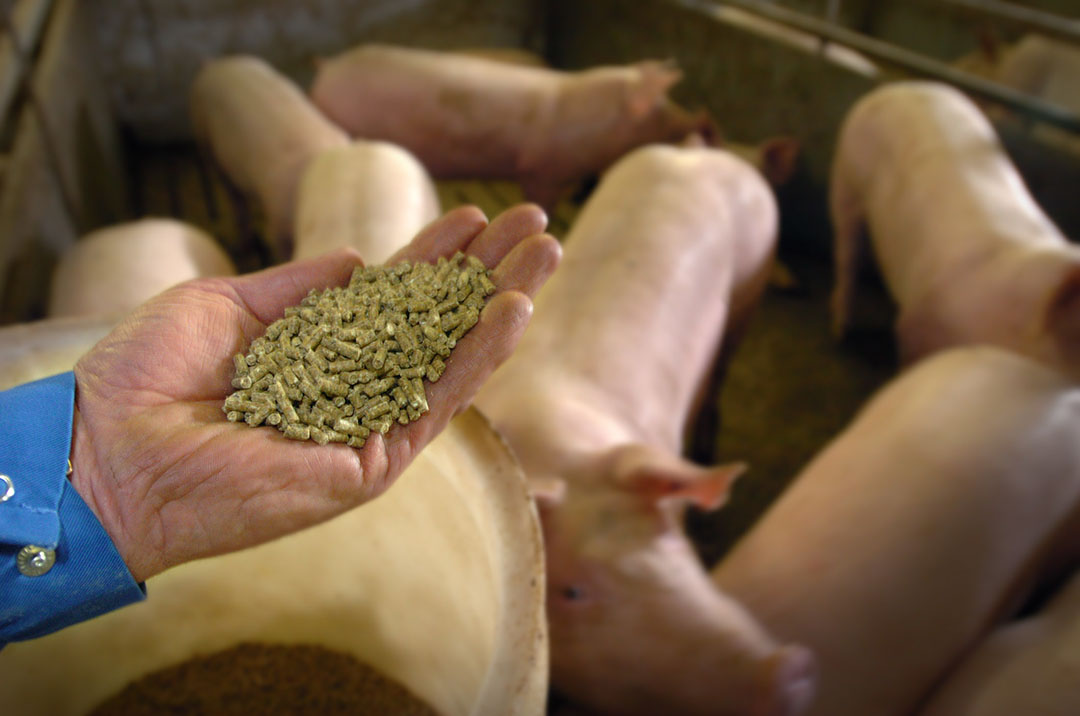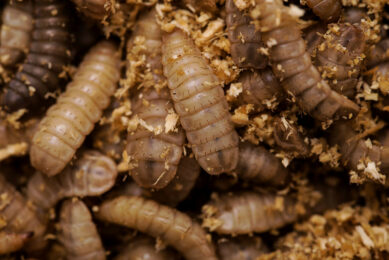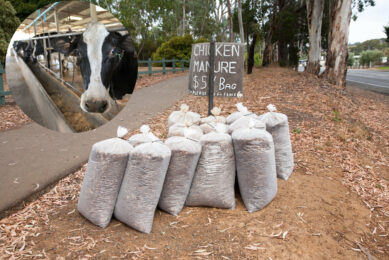Advice needed on carry-over drug residues in feed

Even when all relevant good practices have been fully implemented in feed manufacturing facilities, an unintended and unavoidable presence of low levels of certain veterinary drugs in feed can be observed.
Recognising the importance of animal feed safety for the production of safe food, the Codex Committee on Residue of Veterinary Drugs in Foods (CCRVDF) requested FAO and WHO to provide scientific advice and risk management options (such as the establishment of maximum limits) to mitigate the unintended and unavoidable presence of residues of veterinary drugs in food of animal origin resulting from carry-over of veterinary drugs in feed. Such residues when present in feed could be transferred to food of animal origin and might pose a risk to public health and lead to possible trade disruption. In response to this request, FAO and WHO held a joint Stakeholder Consultation and a joint Expert Meeting respectively on 7 January and from 8 to 10 January 2019 at FAO Headquarters in Rome, Italy.
Also read: EU plans stricter antibiotic rules
Contamination of feed
Contamination of feed with veterinary drug residues can occur during feed production, processing, handling or on-farm use and may result in transfer of these residues from feed to food. Where unintended and unavoidable carry-over of a veterinary drug in feed occurs, animal species fed with such feed may be harmed if they are sensitive to those veterinary drugs, and where such animals are used for food, human health may be at risk. Furthermore, such carry-over may lead to detectable residues of a drug in animal tissues for which no regulatory provisions exists in this animal tissue, which often leads to recalls and trade rejections.
Effect of low-level residues
To evaluate any potential consequences for food safety from such feed, FAO and WHO tasked the experts at this meeting to determine whether such low-level presence of residues in food associated with unavoidable and unintended carry-over in feed:
- would constitute a threat to human health; and
- would impact negatively on trade.
Also read: Milk with residues: Feed for calves?
In addition, potential risk management measures should be developed to mitigate any risk as necessary. The information gathered during the expert meeting will be used also to evaluate the need for any new work or revision of Codex Code of Practice on Good Animal Feeding or on the development of specific guidance or capacity development assistance to countries for implementing the Code. A report detailing the outcome of the meeting is expected to be published jointly by FAO and WHO later this year.
Read and listen more from Codex Alimentarius here.











